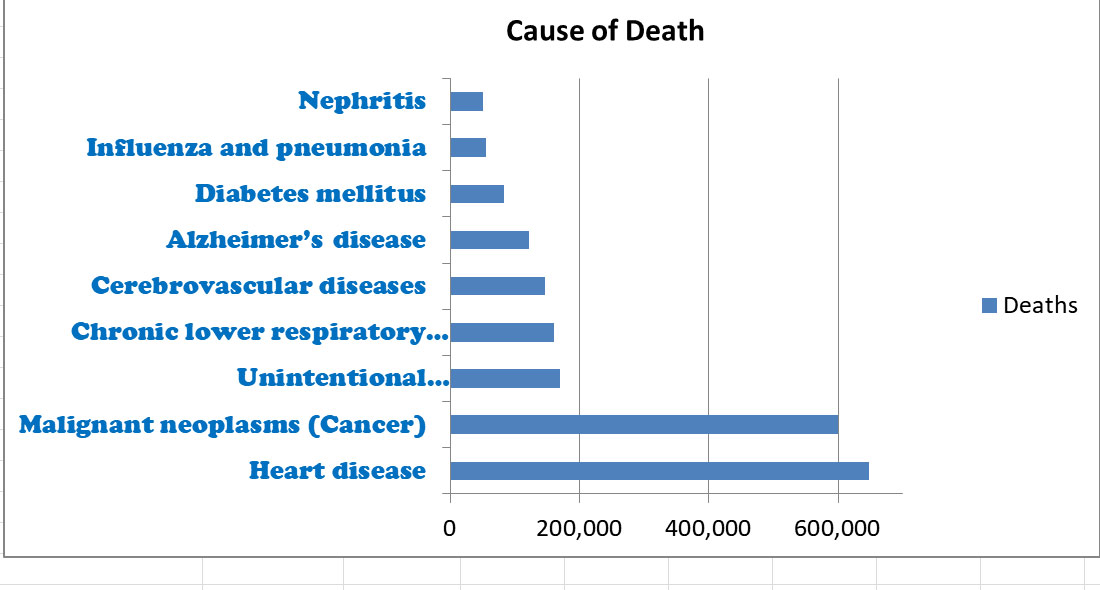Kleine Levin Syndrome
Kleine Levin Syndrome is a complex neurological disorder with excessive amounts of sleep (Hypersomnia) and altered behavioral symptoms - usually also with a reduced understanding of the world. Named after Willi Kleine, a Neurologist and Max Levin, a psychiatrist who wrote about cases describing the symptoms.
Kleine Levin Syndrome is classified as a Sleep disorder condition - Hypersomnia. Usually it occurs in adolescents and younger adults. It starts with progressive drowsiness and finally results in long episodes of sleep (hypersomnolence). When awake, the patient displays lethargy and does not connect with the world, shows little emotional connect (apathy) - empathy. Other symptoms noticed in some cases:
- Hyper sexuality
- Binge eating - Hyperphagia
- Cognitive abnormalities such as hallucinations, persistent confusion, childlike behavior, sense of unreality and morbid fear
- Abnormal behavior - irritability, aggression and hypersensitive to noise and light
Kleine Levin Syndrome Prognosis
Kleine Levin episodes occur in a cyclical manner with longer duration running into days or even months alternating with months or years of not showing any symptoms. Even when the patients display any outward symptoms of this KLS, they live in a constant dread of this frightful condition.
Alcohol abuse, excessive stress and lack of sleep are some of the triggers. KLS episodes disrupt the social/family lives and academic or professional obligations of patients.
Kleine Levin Syndrome resolves on its own after a few years in most cases. If there is no episode for a period of 6 years, it can be considered as cured.
Diagnosis of KLS usually is done after excluding other conditions like bipolar depression, frontal lobe syndromes, Klüver Bucy syndrome and for women , Hypersomnia triggered by menstruation (albeit extremely rare).As this disease is rare, the mean diagnostic delay for proper diagnosis is about 4 years. An accurate diagnosis takes an average of 4 years for a typical patient.
It has been established that intake of Lithium carbonate, which is normally prescribed for extreme depression and bipolar disorder, reduces incidents of KLS. Lithium alters sodium transport in nerve and muscle cells and effects a shift toward intraneuronal metabolism of catecholamines. The exact way how it works is still unknown. The serious side effects of lithium will need to be considered when prescribing.
Mortality Rate in the US
The data presented here have been collated from CDC for the year 2017. The calculated mortality rate also shows the number of death per million for better understanding of various leading causes of death.| Cause of death | Deaths | Deaths Per million |
| Heart disease | 647457 | 1980 |
| Malignant neoplasms (Cancer) | 599108 | 1832 |
| Unintentional injury(Accidents) | 169936 | 520 |
| Chronic lower respiratory diseases | 160201 | 490 |
| Cerebrovascular diseases | 146383 | 448 |
| Alzheimer’s disease | 121404 | 371 |
| Diabetes mellitus | 83564 | 256 |
| Influenza and pneumonia | 55672 | 170 |
| Nephritis | 50633 | 155 |

Neurologist
A physician who specializes in treating diseases and disorders associated with the nervous system that includes spinal cord, brain, associated nerves and muscles. To be a neurologist, one should have completed four years of graduation, four years of medical school, one year of internship in internal medicine/surgery and three years of neurology residency. They can further hold a sub-specialization in stroke, epilepsy etc. They should also be certified by a recognized board.
A neurologist conducts
- Neurological assessment of the nerves related with the neck and head.
- Checks on movement of the muscles and the strength of the same.
- Checks on ambulation, balance and reflexes.
- Checks for sensation, speech, language, memory, and various other cognitive skills.
- They ask for diagnostic tests in few patients such as CAT scan, MRI, EEG, EMG/NCV and lumbar puncture and analyze those results in relation to the disorder of the patient.
Modern techniques and neurologist
Neurologists have been able to understand the problems in patients better with the modern and innovative techniques available.
- With latest CAT scans understanding the diseases have become a lot easier.
- MRI (magnetic resonance imaging)/MRA (magnetic resonance Angiography) gives a better understanding of the structures.
- NCV (nerve conduction velocity) give a better understanding of the nerves.
Tags: #Kleine Levin Syndrome #Mortality Rate in the US #Neurologist
At TargetWoman, every page you read is crafted by a team of highly qualified experts — not generated by artificial intelligence. We believe in thoughtful, human-written content backed by research, insight, and empathy. Our use of AI is limited to semantic understanding, helping us better connect ideas, organize knowledge, and enhance user experience — never to replace the human voice that defines our work. Our Natural Language Navigational engine knows that words form only the outer superficial layer. The real meaning of the words are deduced from the collection of words, their proximity to each other and the context.
Diseases, Symptoms, Tests and Treatment arranged in alphabetical order:

A B C D E F G H I J K L M N O P Q R S T U V W X Y Z
Bibliography / Reference
Collection of Pages - Last revised Date: December 17, 2025



